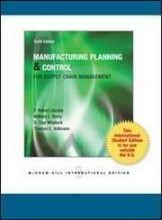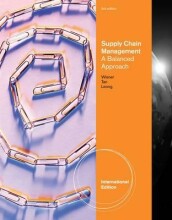Waiting lines and simulation
10 important questions on Waiting lines and simulation
Define throughput time (flow time)
• Note: It includes processing, waiting, setup time, etc.
What's throughput rate and how do you measure it? What's the relation with Little's law?
Why is understanding and managing queues an important area in OSCM?
• in job/service/factory design
• providing access to the internet
• a “fast-pass” at a theme park
• Waiting lines are pervasive
• Problems can be analyzed by queuing models
- Higher grades + faster learning
- Never study anything twice
- 100% sure, 100% understanding
The central problem in virtually every queuing problem is a trade - off decision. Which trade - off?
• However, identifying the trade-off by experimenting with actual waiting lines is difficult.
What are the components of a queuing system?
- balking
- waiting line
- reneging
- service facility
- served customers
What types of line structures and phases are there?
• Multi-Server
• Single Phase
• Multi-Phase
Explain what a service rate is.
• The number of service completions per unit of time
• The time the customer spends with the server, once the service has started
• Service rate is the capacity of the server
Which type of line models are there?
• FCFS
• Single phase
• Poisson / exponential distribution, i.e. Random arrivals
• Unlimited queue length arrivals
How do you measure Multi-phase systems?
• We can use simulation for this purpose
What is a simulation?
• You use building blocks and specify the characteristics
• The computer runs a predetermined period and collects statistics
• You interpret the statistics
The question on the page originate from the summary of the following study material:
- A unique study and practice tool
- Never study anything twice again
- Get the grades you hope for
- 100% sure, 100% understanding






























